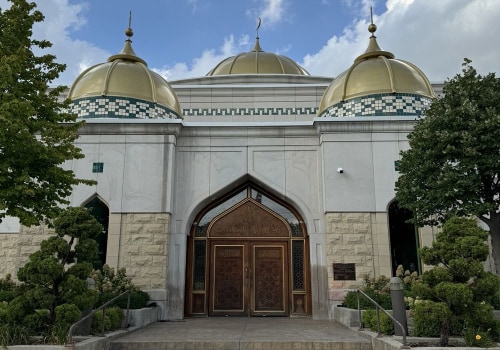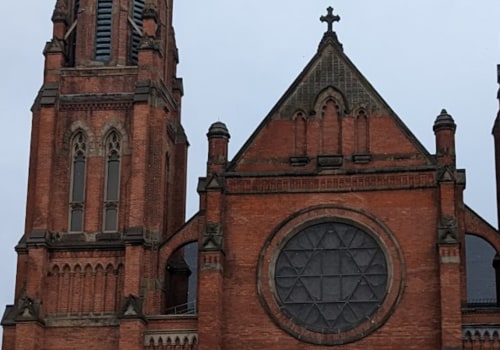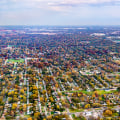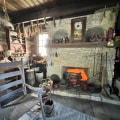As an expert in urban development and preservation, I have witnessed firsthand the effects of gentrification on the heritage of Wayne County, Michigan. This county, located in the state of Michigan in the United States, has a rich history and diverse cultural heritage that has been shaped by various communities over the years. However, with the rise of gentrification in recent decades, this heritage has been significantly impacted and in some cases, even erased.
The History of Wayne County
Wayne County was established in 1796 and was named after General Anthony Wayne, a Revolutionary War hero. The county is home to the city of Detroit, which was once known as the "Motor City" due to its booming automobile industry.However, over the years, Detroit has faced economic decline and urban decay, leading to a decrease in population and an increase in poverty. Despite these challenges, Wayne County has a rich history and cultural heritage that is deeply intertwined with the growth and development of Detroit. From the Native American tribes who first inhabited the land to the European settlers who arrived in the 18th century, each community has left its mark on the county's heritage.
The Rise of Gentrification
In recent decades, Wayne County has seen a rise in gentrification as more affluent individuals and families move into previously neglected neighborhoods. Gentrification is defined as the process of renovating and improving a neighborhood or district to cater to wealthier residents, often resulting in displacement of lower-income residents. One of the main drivers of gentrification in Wayne County is the revitalization efforts by local governments and developers. These efforts often involve renovating old buildings and creating new developments to attract businesses and residents.While this may bring economic growth and development to the area, it also has a significant impact on the county's heritage.
The Impact on Heritage
Gentrification has had a profound impact on the heritage of Wayne County, both positive and negative. On one hand, the revitalization of old buildings and neighborhoods has helped preserve some of the county's historic architecture and landmarks. This has also led to an increase in tourism, as people are drawn to the area's unique history and culture. However, gentrification has also resulted in the displacement of long-time residents, many of whom belong to marginalized communities. As property values increase and new developments are built, lower-income residents are often forced to leave their homes due to rising costs.This not only disrupts their lives but also erases their presence and contributions to the county's heritage. Furthermore, gentrification often leads to the homogenization of neighborhoods as they become more catered towards affluent individuals. This can result in the loss of cultural diversity and the unique character of these communities. As a result, the heritage of Wayne County becomes diluted and less representative of its diverse past.
Preserving Heritage in Wayne County
As an expert in urban development and preservation, I believe it is crucial to find a balance between revitalization efforts and preserving the heritage of Wayne County. One way to achieve this is through community involvement and engagement.Local residents should have a say in the development plans for their neighborhoods and efforts should be made to ensure that they are not displaced. Another approach is through adaptive reuse, where old buildings are repurposed for new uses while still retaining their historic character. This not only preserves the county's heritage but also promotes sustainable development by reducing waste and preserving resources. Additionally, it is essential to document and celebrate the diverse cultures and communities that have contributed to the heritage of Wayne County. This can be done through public art, cultural events, and educational programs that showcase the county's history and diversity.
In Conclusion
The heritage of Wayne County, Michigan, has been significantly impacted by gentrification. While it has brought economic growth and development to the area, it has also resulted in the displacement of long-time residents and the homogenization of neighborhoods.As experts in urban development and preservation, it is our responsibility to find a balance between revitalization efforts and preserving the county's rich heritage. By involving the community, promoting adaptive reuse, and celebrating diversity, we can ensure that the heritage of Wayne County continues to thrive for future generations.










